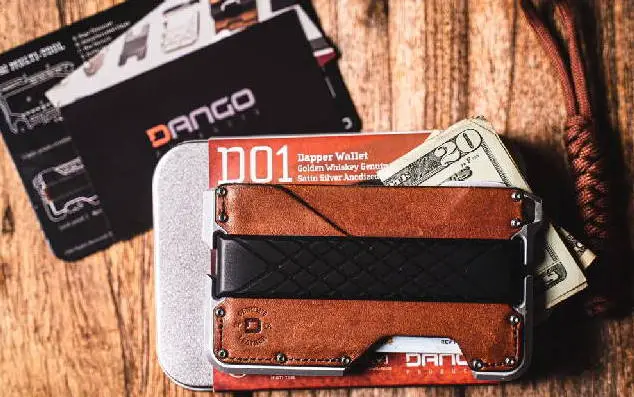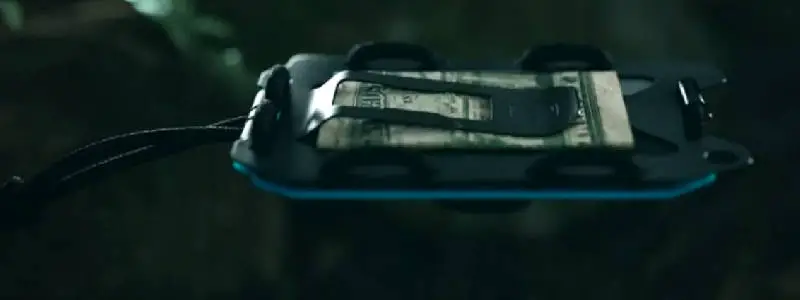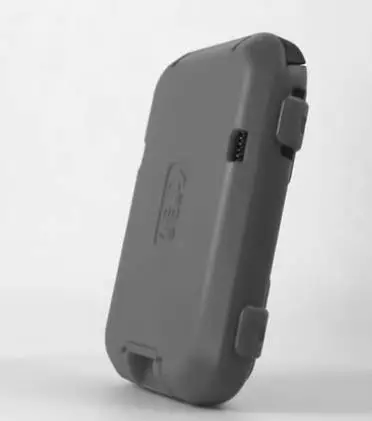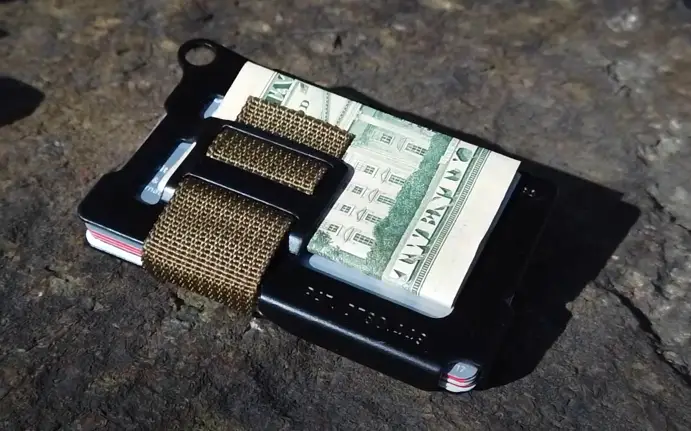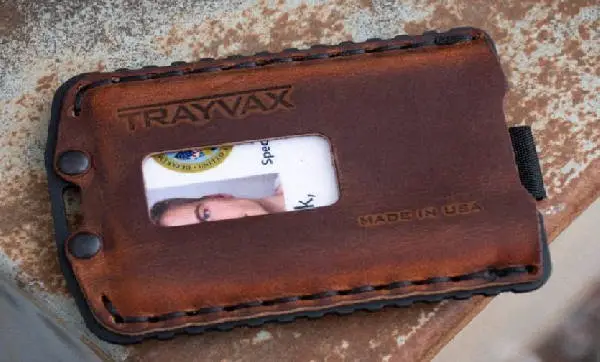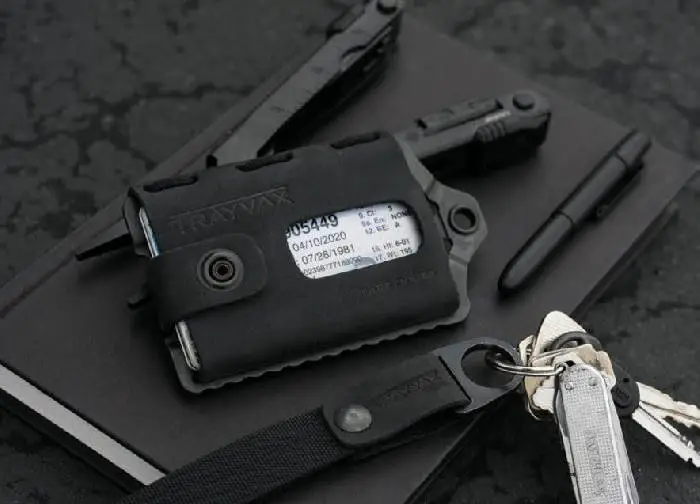As technology advanced in the 21st century, so did our accessories. Everything device or gadget we use daily now has some sort of smart technology integrated into it.
First, there was the smartphone, the breakthrough that took mobile phones into the digital world. Then, there were smart TVs and smart fridges, and all of a sudden every single device in your house suddenly has the prefix “smart-” added to it.
It was only a matter of time before smart wallets entered the scene. In fact, seeing how they are arguably our second most used item after our mobile phones, it’s surprising how smart wallets didn’t become more popular much sooner.
Like all other smart devices, a smart wallet has all of the characteristics of a typical wallet, with a few additional features and traits added to it. The term “smart” indicates that it has some sort of a special ability, and can act as a problem solver on its own, without constant inputs from its user.
Okay, so what exactly makes a smart wallet “smart”?
What Is A Smart Wallet?
A smart wallet is a standard physical wallet equipped with regular features, such as pockets for cards and cash, and some advanced technological features that grant extra safety and accessibility. These advanced features can include GPS tracking, Bluetooth connection, RFID protection, fingerprint lock, or even a camera.
What does a smart wallet do?
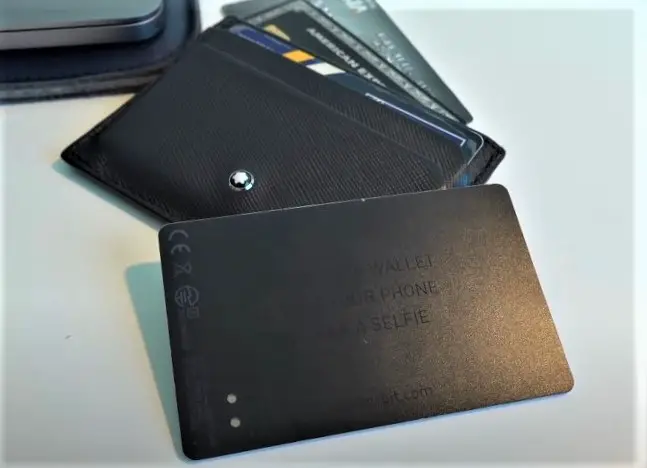
Different smart wallets will provide a different set of features, depending on the wallet’s brand that designs and manufactures it.
RFID blocking is one of the standard features that most smart wallets have today. Above that, the pricier the wallet is, the more features it usually has. Most high-end smart wallets provide tracking via GPS or Bluetooth, some have a fingerprint lock, and there are even some models that come with a built-in camera that snaps pictures in case a thief stole and opened the wallet.
GPS Tracking
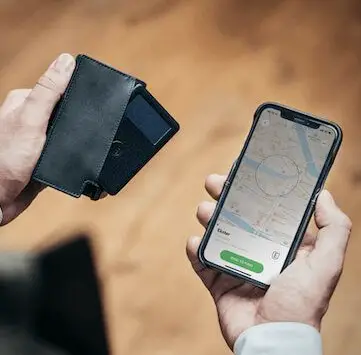
GPS tracking is not a new technology and has, in fact, been around for decades. However, it is a novelty feature regarding wallets that got increasingly popular after the release of the Apple AirTag. Although the AirTag was mainly designed as a key chain feature, many people attached it to their wallets in order to keep track of their location in case they lost them.
Wallet GPS tracking is mainly done by a small tracker stored in one of the wallet’s pockets or placed beneath one of the wallet’s sides. Some brands, such as Ekster, use a tracker card that can be strapped onto the wallet using an elastic band.
You then connect this device to your mobile phone, enable the GPS setting, and voila – now you can always see where your wallet is in case you lost it or it got stolen.
Bluetooth
The second way to get your wallet connected to your mobile phone is via Bluetooth. This method is used less often than GPS, as it’s less efficient thanks to its shorter range.
Bluetooth connection is mainly used for alarm signals when you get too far away from your wallet. You can enable it when going for a night out and want to make sure that you don’t mistakenly drop your wallet, or someone pickpockets it in a crowded bar.
Unlike GPS, you can’t track your wallet from long distances using Bluetooth, since its range only reaches up to around 33 ft / 10 m. However, it is much more efficient as an instant signaler that alarms your phone once it gets out of range.
RFID protection
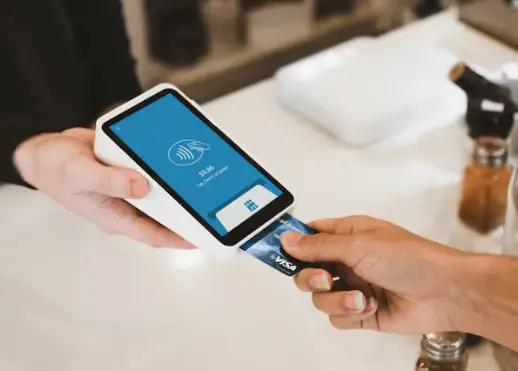
Radio Frequency Identification, or RFID in short, is a widely used technology for reading card information. It is a wireless system consisting of an RFID tag, a device that emits information through radio waves, and an RFID reader, a device that receives and reads these waves. This is the standard system used in today’s wireless credit cards and other identification tags such as hotel cards, metro cards, or biometric passports.
While these technologies made payments contactless and thus much easier, they also left our credit cards much more vulnerable. All one needs now in order to steal your credit card info is to simply pass by you with an RFID reader, stand beside for a couple of seconds, and gather all the info they need by scanning your card through the wallet.
This problem birthed the need for an additional layer of protection that will block these attempts of wireless thefts. That’s why many modern smart wallets are made of RFID-blocking materials. These materials can either be made of strong metals that absorb the RFID signal or use a chip that interferes with and diverts the signal. You can check my list of the best RFID-blocking wallets to see what are some of the safest options available.
Does RFID damage credit cards?
Even though many people are skeptical about this technology, RFID-blocking wallets will not damage your cards no matter how long you keep them in there. The only thing RFID protecting materials do is deflect the signal from a scanner and do not damage the electromagnetic chip implanted in the card.
Fingerprint lock
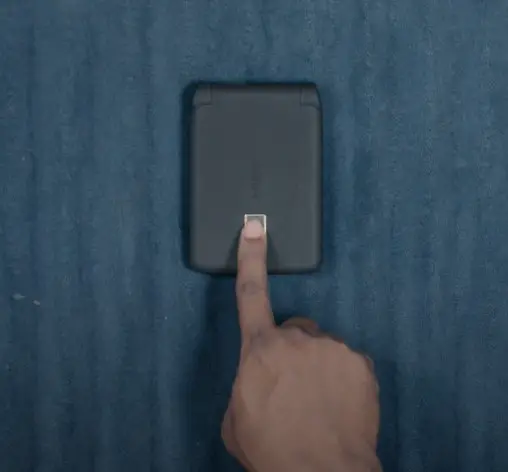
Fingerprint locks are somewhat less often found on wallets, but I wouldn’t bet on it staying that way for too long. They are most often found on modern hard-shell minimalist wallets that hold your cards completely encased inside. The lock is placed on the front of the wallet and works in quite the same way as it does on smartphones.
Camera
Out of all features, the camera is probably the one you least expect to find on a wallet. Granted, it is quite rare that a smart wallet comes with a built-in camera and there are only a few models with this feature out there. But still, if you want to be extra cautious about your money, a wallet with a camera allows you to see the exact look of the thief that dared steal your wallet.
This feature usually looks like a small flat low resolution camera that snaps photos every time your wallet is opened and sends them to your phone. You can then list through them, delete the ones on your face, and keep track of all the people that flipped through the wallet.
Smart wallets designs
Smart wallets come in many different designs. You can find them designed in folding shapes, enclosed hard shells, cardholders with quick-access features, and many more.
What do smart wallets look like?
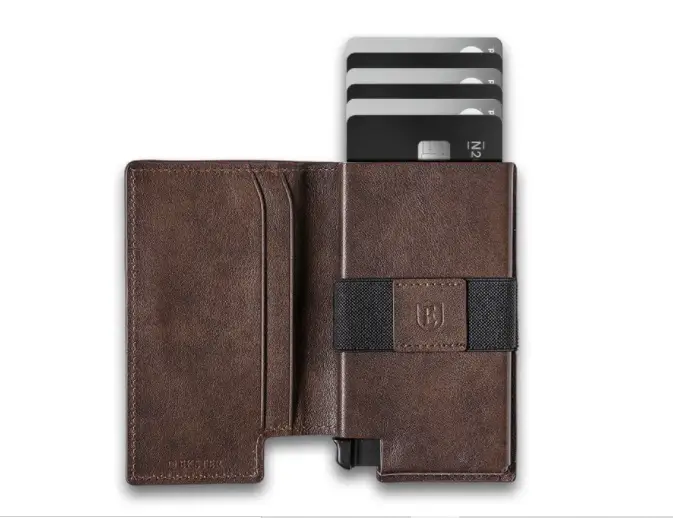
Smart wallets are almost exclusively designed as slim minimalist wallets with modern looks. Their most typical characteristic is the case-like design. This is largely due to the specifics of their features. As most of the smart features require the wallet to be completely sealed off, the wallet itself must be built like a case with only one of its sides opening up.
Additionally, it seems like most brands that have released smart wallets in the past few years are going for the same aesthetic – a monochromatic, dark-colored frame with almost no particular details on its surface. A clean, sleek, and simple black or grey case is what you’ll most probably end up with if you do decide to buy yourself a smart wallet.
What are smart wallets made of?
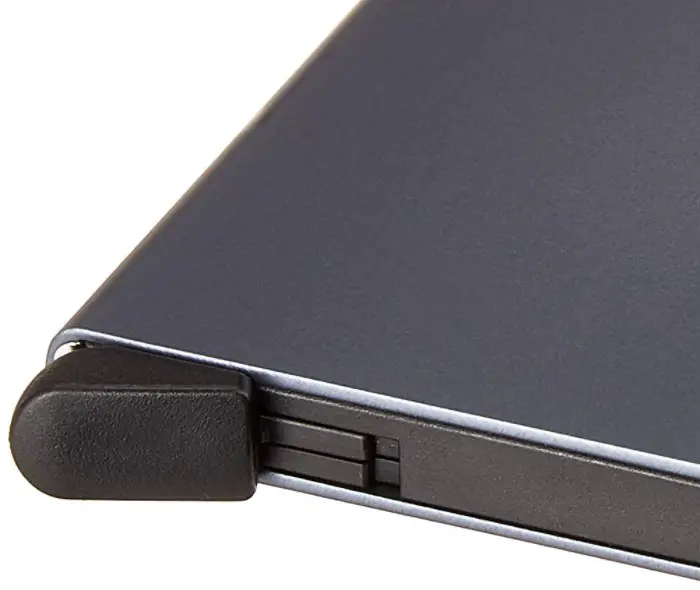
The materials most often used for manufacturing smart wallets are aluminum, titanium, plastic, or carbon fiber. Since these wallets often hold modern electronic features in their frames, soft materials like leather would simply not be enough. That’s why manufacturers need strong, sturdy materials that won’t bend nor wear off with time, as only they can secure the durability needed for the features these wallets hold.
What should you look out for when buying a smart wallet?
The most important thing to note before buying a smart wallet with RFID blocking is whether the RFID technology actually works at the frequency that your cards use. Almost all contactless credit cards work at a frequency of 13.56 Mhz since it requires a very short distance from the scanner to properly scan the card. This is mainly done for security reasons, as it wouldn’t be wise to be able to scan someone’s credit card from 3 feet away.
As a result, most RFID blocking wallets are designed to only block this specific frequency, while all cards that communicate at higher or lower ones would still work. In order to be extra safe, you should ask your card provider what type of card you have, so you can know what type of wallet should you be looking for.
Another thing to look out for is the warranty. Unlike standard wallets which rarely need a warranty cover, smart wallets have some features that can break or malfunction. In order to be extra cautious, I advise you to only buy smart wallets that have a proper warranty cover at least for the first year after the purchase.
And finally, you should watch out for cheap knock-offs and sites that try to advertise cheap leather wallets as “smart”. Although possible, it’s quite unlikely that a cheap wallet made of soft materials such as leather can have any proper RFID blocking features on it, let alone any advanced features like GPS tracking or Bluetooth connection.
In case you’re wondering what are the best picks in this category, check out my guide on the best smart wallets in the world right now.


